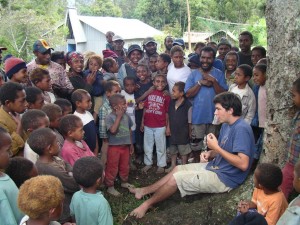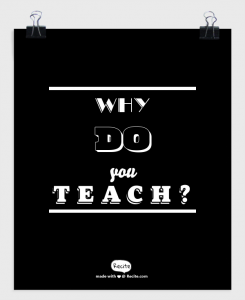Learning Support Officers (LSOs) come to mind – but they can’t and shouldn’t be doing it on their own.
There is so much confusion as to the role and responsibilities of teachers and LSOs. Obviously this is an area very close to my heart and at the very core of my PhD research.
The role of Learning Support Officer
The main role of a Learning Support Officer (LSO) is to assist students on an individual or group basis in specific learning needs under the direction of a teacher who is ultimately responsible for the design, implementation and evaluation of education programs and related services (CECV 2014). It is not the role of the LSO to withdraw students who misbehave or who don’t seem to understand the learning required. The teacher is responsible for all students in the class and for optimal learning environments to be created and sustained; they must have all members present and willing to participate in the environment. The teacher’s role is to make that happen by learning about, and teaching the students for whom they are responsible and in the case where there are students who present with disability an extra effort is required to work collaboratively with the LSO in order to make that classroom a cohesive and functional optimal learning environment for all. After all, it is not about the content, it’s about the students, it’s about how they learn and it’s about how the teacher can make that happen. Begin where they are, challenge them, support them and show them where they could be. Believe.
Teachers play a key role in facilitating the effectiveness of the Learning Support Officer (LSO) and their capacity to enhance student learning. To enable this, flexibility, communication, collaboration and clear direction is required from the teacher.
Unfortunately there are few training programs or research data to identify skills and knowledge required to successfully establish and maintain a healthy relationship between teacher and LSO that leads to optimal learning opportunities for students with disabilities.
Optimal learning environments support students’ natural desire to learn where learning becomes both playful and challenging. Optimal learning environments need to be developmentally appropriate and encourage positive social behaviours as well as reflecting intelligence (Lackney 1999, Linton et al, 2014). Standards should be raised to a level where they can be achieved with some effort and as students succeed the level is raised a little more and the procedure continues until the final goal is reached (Sileo & van Garderen 2010). Once this happens then new goals are set. A student’s efficacy, i.e. personal belief in their ability to succeed, has been identified as an effective predictor of learning and therefore we must set learning goals that allow them to be successful but not without effort (Shernoff et al 2014).
Cooperation, communication and collaboration between teachers and support staff can foster optimal learning environments for all students but especially for students with disabilities. Student engagement is highest when concentration, interest and enjoyment are stimulated simultaneously. The most effective way to collide these in the classroom is by taking the time to get to know each one of your students. It is imperative that one knows what their students like, what their strengths are, and most importantly, to know their abilities and this can only be done by first establishing a relationship. Once they are hooked, the content learning will come (Burgess 2012, Solarz 2015).
There is evidence that a lack of time and uncertainty as to individual roles and responsibilities, (Bourke 2008, Rutherford 2011, Fisher & Pleasants 2012, Butt 2014), that seems to be preventing the formation of successful working partnerships between teachers and support staff for the ultimate goal of improving student learning outcomes. However, it is imperative that we make time to talk learning, rather than other administrative matters, that can be covered in an email or document sent to all.
The Effective Practices Framework for Learning Support Officers (CECV , 2014) lists seven desirable competencies for teachers supervising the work of LSOs (p. 17).
I encourage you to take each of the seven desirable competencies and work through them one by one in establishing collaborative and communicative work relations (AISTL 2015) in order to create optimal learning environments for all students and most especially for those with disabilities.
Thanks for reading 🙂
References
Australia. Australian Institute for Teaching and School Leadership. (2015). The essential guide to professional learning: Collaboration. Melbourne: AISTL.
Bourke, P. (2008). The experiences of teacher aides who support students with disabilities and learning difficulties: A phenomenological study. Queensland University of Technology.
Burgess, D. (2012). Teach like a pirate. Increase student engagement, boost your creativity, and transform your life as an educator. San Diego, C.A.: Dave Burgess Consulting Inc.
Butt, R. (2014). The changing role of teacher assistants – where being a ‘mum’ is not enough. (Doctor of Philosophy), University of Canberra, Canberra.
Fisher, M., & Pleasants, S.L. (2012). Roles, responsibilities, and concerns of paraeducators: Findings from statewide survey. Remedial and Special Education, 33(5), 287-297.
Lackney, J.A. (1999). Why optimal learning environments matter. Paper presented at the Alaska Chapter of the Council of Educational Facility, Anchorage, AK.
Linton, D.L., Farmer, J.K., & Peterson, E. (2014). Is peer interaction necessary for optimal active learning? CBE – Life Sciences Education, 13, 243-252. doi: 10.1187/cbe.13-10-0201
Rutherford, G. (2011). “Doing right by”: Teacher aides, students with disabilities, and relational social justice. Harvard Educational Review, 81(1), 95-119.
Shernoff, D.J., & Csikszentmihalyi, M. (2014). Flow in schools revisited. Cultivating engaged learners and optimal learning environments. In M. Furlong, J., R. Gilman & S. E. Huebner (Eds.), Handbook of positive psychology in schools (pp. 211-226). Hoboken: Taylor and Francis.
Sileo, J.M., & van Garderen, D. (2010). Creating optimal opportunities to learn mathematics: Blending co-teaching structures with research-based practices. Teaching Exceptional Children, 42(3), 14-21.
Solarz, P. (2015). Learn like a pirate. Empower your students to collaborate, lead and succeed. San Diego C.A.: Dave Burgess Consulting Inc.
Victoria. Catholic Education Commission of Victoria. (2014). Effective practices framework for learning support officers. Melbourne: CECV.


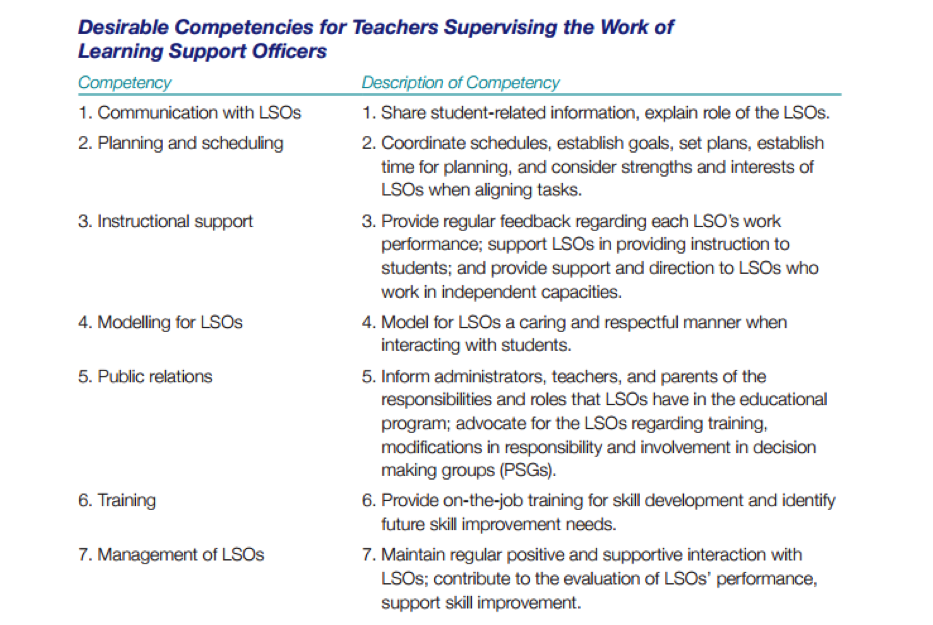
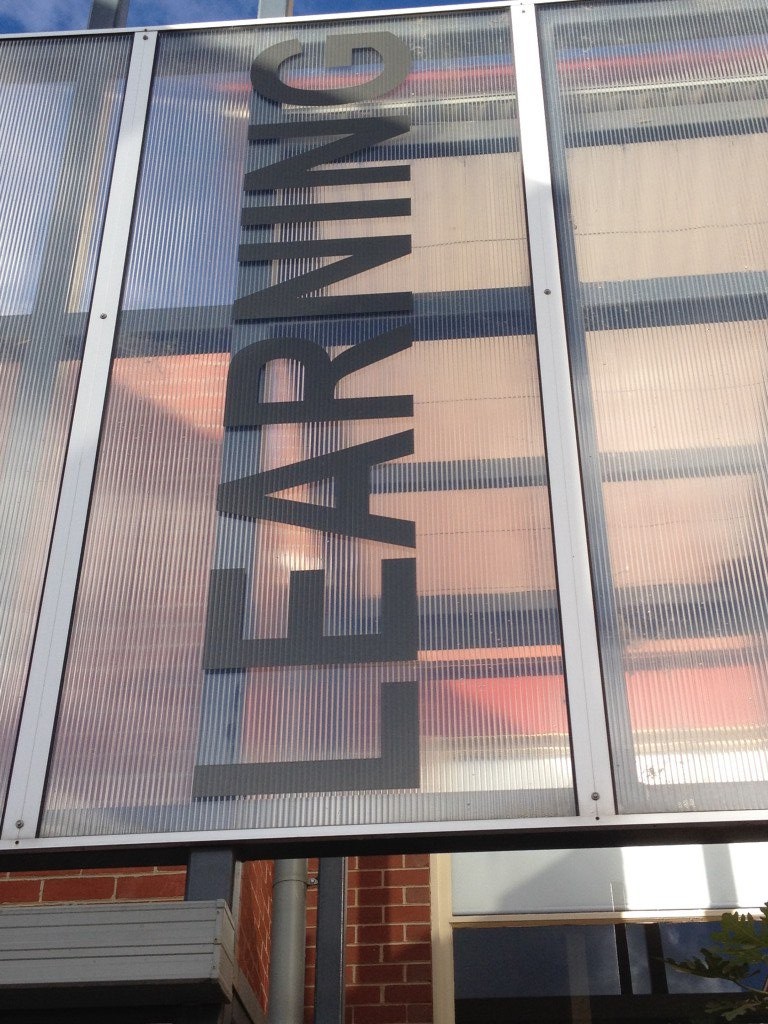


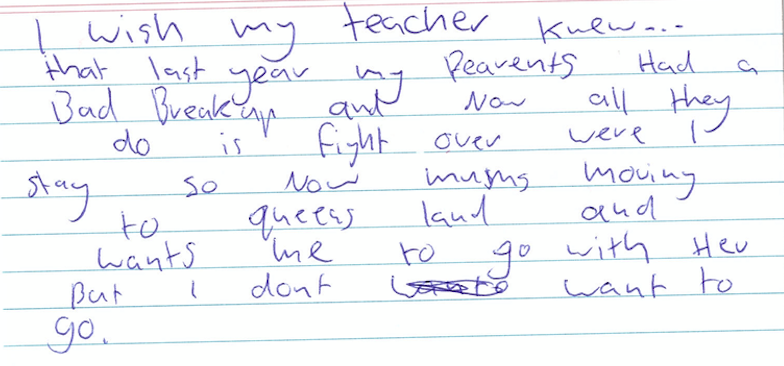

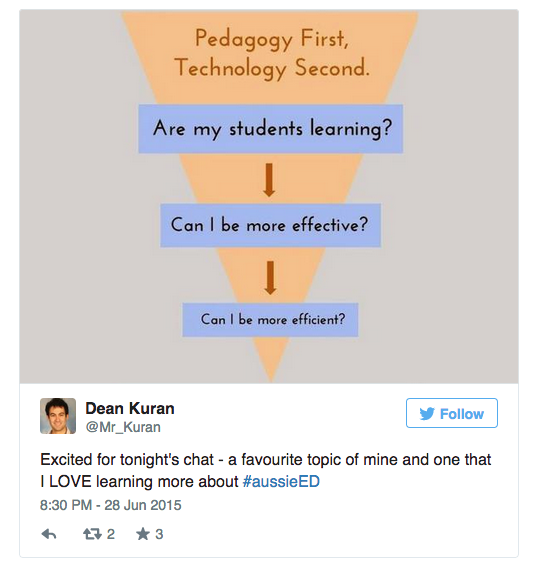
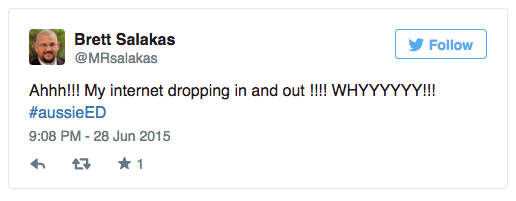
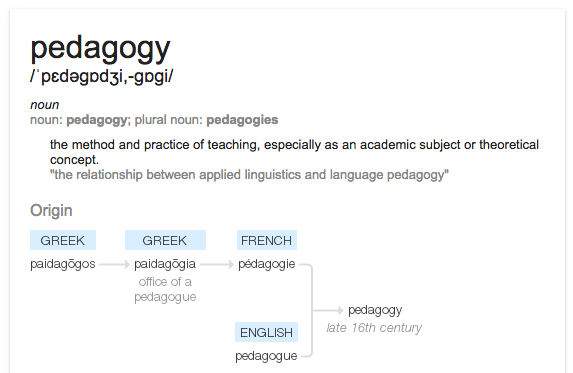
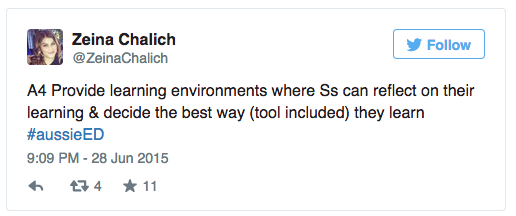
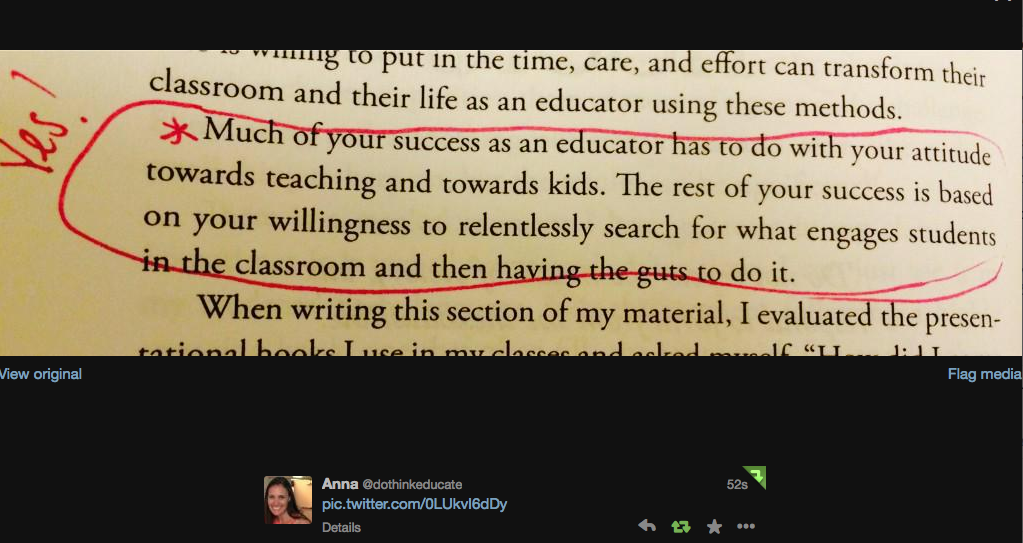
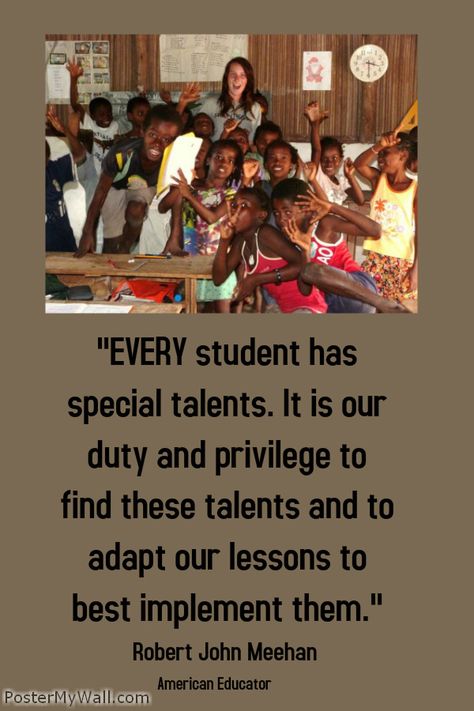
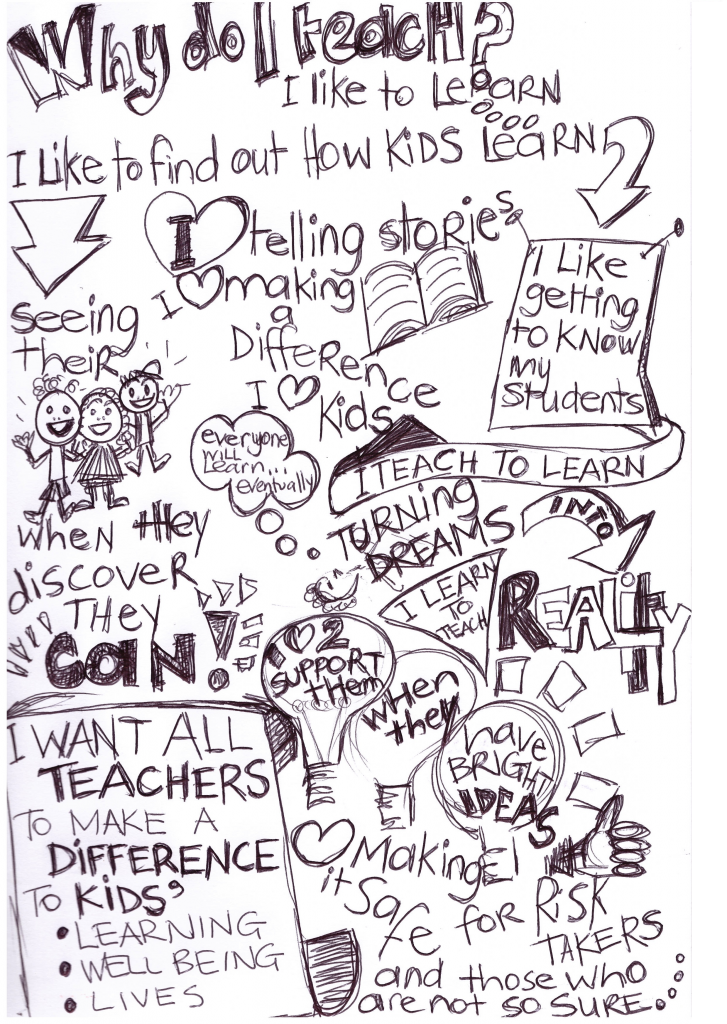

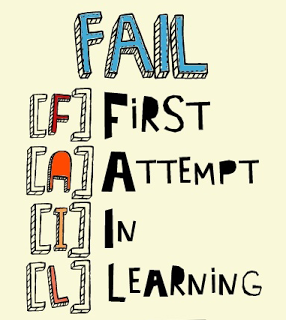 mindset
mindset 